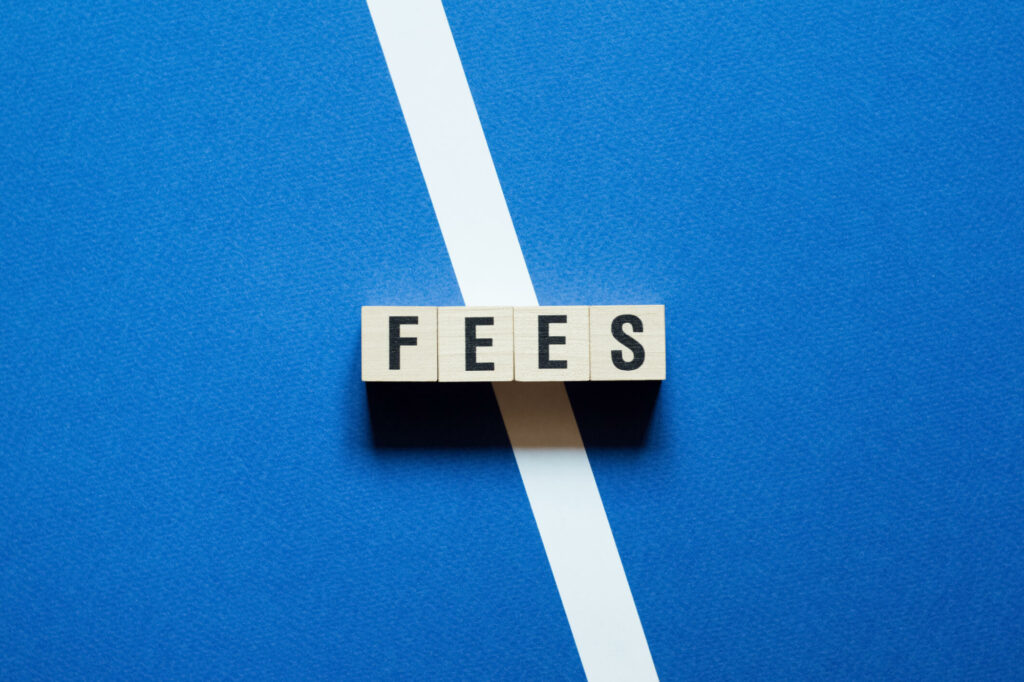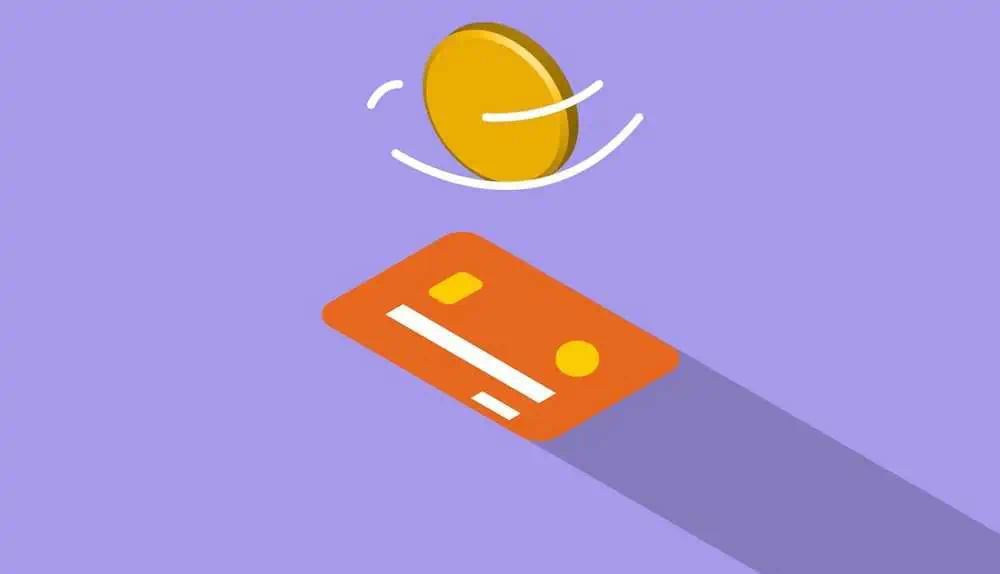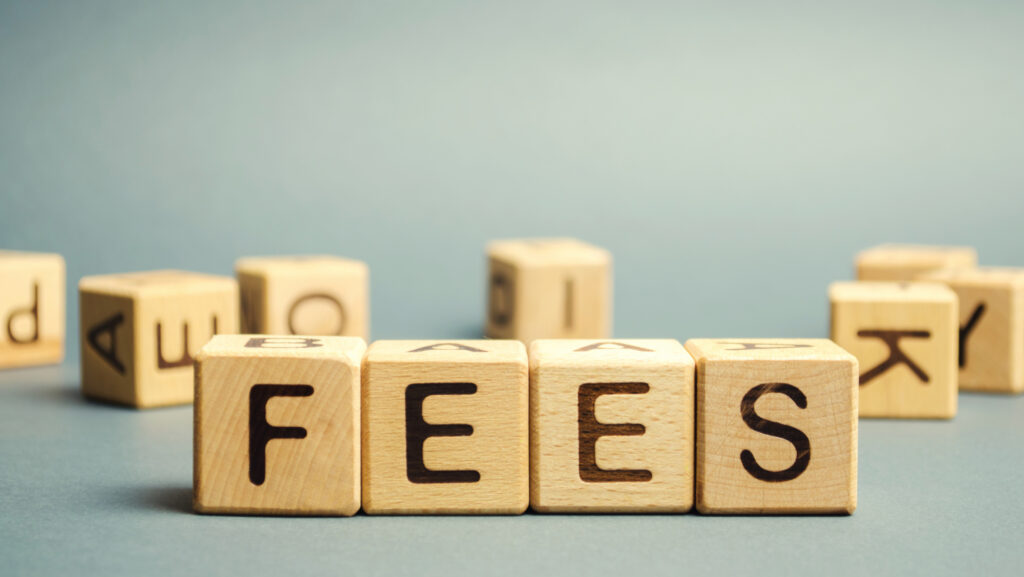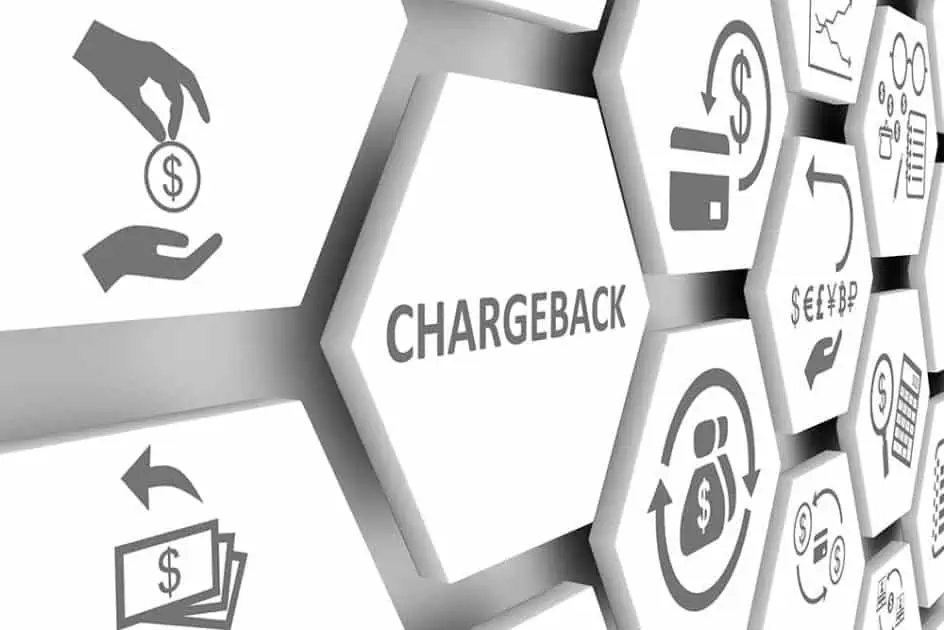Your chargeback rate has the potential to make or break your business. A chargeback rate close to the high-risk benchmark will affect how card payment processors work with you and the charges you receive. If you don’t handle chargebacks properly, that situation will only worsen. For this reason, you’ll need to learn how to calculate the chargeback rate and chargeback ratio to determine if your rates meet the standards of processing companies.
What Is Chargeback Rate and Chargeback Ratio?

A chargeback rate is a measurement that displays the ratio of total transactions processed by a merchant to chargebacks received. Chargeback rates and chargeback ratio for a merchant both mean the same thing. A high chargeback rate and chargeback ratio can impact your cash flow and restrict the payment methods you accept in your business.
How to Determine Your Chargeback Rate
To calculate your chargeback rate and chargeback ratio, use a simple equation known as the chargeback-to-transaction ratio. Divide the total amount of chargebacks received in a month by the total number of monthly transactions to get your rate.
For example, if you received 100 chargeback complaints in one month but had 10,000 transactions in the same or following month, Mastercard divides your one-month dividend by the following month. Chargeback dividends are calculated by Visa using transactions from the same month. So, 100 chargebacks divided by 10,000 transactions equals a chargeback ratio of 0.01 or a chargeback rate of 1%.
When calculating chargeback rate and chargeback ratio, several factors come into play. The card brand is the most crucial factor in calculating these rates. Chargeback rates and maximum chargeback rates are calculated differently by different brands. Because they only evaluate money transfers on their systems, each company will have a distinct chargeback rate. That means that Mastercard will only count Mastercard transactions and chargebacks from Mastercard cards.
What Is an Appropriate Chargeback Rate?

Even though many merchants believe that a chargeback rate of 1% is the standard, Mastercard and Visa have separate thresholds for chargebacks. In 2019, Visa set its regular chargeback threshold at 0.9% of monthly transactions. Their early warning threshold is 0.65% of monthly transactions, while their maximum threshold is 1.8%.
Mastercard’s chargeback monthly limit is 100 chargebacks per month with a 1% chargeback ratio. However, their maximum chargeback threshold is at 1.5%. It is also necessary to remember that banks are also responsible for setting a reasonable chargeback rate.
What Is an Acquirer’s Role in Chargeback Rates?

Your acquiring bank represents you to the card networks. Your acquirer can process payments on your behalf, but they may face penalties if your chargebacks become excessive. Acquires are also liable for every merchant with whom they work; thus, if your chargebacks become excessive and there is no money in your account, your acquirer would be required to cover your payments.
Card networks monitor merchant chargeback activity, and if the chargeback rate becomes excessively high, the network may track down the acquiring bank. Each network has its own set of rules for these types of issues.
Chargeback Rate Factors
The overall chargeback rate is critical. However, there are several factors to consider in addition to your chargeback rate. Your total number of monthly transactions is one such factor. Payment processors (not always direct) will give small businesses flexibility with the chargeback ratio threshold. They will not want to cancel your account because you had three chargebacks in a 200-transaction month. However, if you have a history of chargebacks, you may not have the same level of flexibility. Finally, it is critical to note that card networks only consider the first chargebacks. Second chargebacks, such as Mastercard’s arbitration chargebacks and Visa’s dispute response reversals, do not affect your chargeback rate/ratio.
What If a Merchant Has a High Chargeback Rate?
If your chargeback rate exceeds the maximum limit, the card network classifies you as a high-risk merchant and requires you to participate in a chargeback monitoring process, which means you’ll have to pay more fees.
For example, Mastercard requires each acquiring bank to submit a monthly report detailing the activity of the high-risk merchant and bills between $50 and $300 for each report it needs from the bank, with the cost of not filing the reports being even higher. At the same time, Visa fines high-risk merchants about $100 per chargeback; this fee may also vary.
Even though the card networks bill your acquiring bank these fees, they will pass them on to you with their costs. Furthermore, an excessive chargeback rate could eventually result in your acquirer putting your account on hold, which is known as a merchant reserve account. If the issue continues, your acquiring bank may have to close your account permanently. You will also be unable to accept credit card payments unless you have an account.
How to Reduce Chargebacks
Keep in mind that so many chargebacks are potentially fraudulent situations, so you have the right to contest these illegitimate chargeback frauds through the representation program. If you successfully challenge a chargeback, you could be able to recover a fraction of the disputed amount. However, this is a complicated and cost-prohibitive exercise. It will not restore your chargeback rate because card networks determine your rate depending on the number of chargebacks you receive, irrespective of whether you rectify the issue. One of the essential things to eliminate or reduce chargebacks is to implement preventive strategies such as AVS and CVV verification, match billing addresses, and even add phone verification to your checkout page.
Parting Words
You must keep track of your chargeback rates and ratio, as a high chargeback rate can harm your business. It is also critical that you do everything possible to avoid chargebacks in the first place, even if this is difficult. To keep your chargeback rate acceptable, you must develop and implement a preventive measures strategy that addresses the leading causes of chargebacks: merchant inaccuracy, criminal fraud, and friendly fraud. You can accomplish this by avoiding mistakes, requesting authorization, and employing fraud detection tools.

